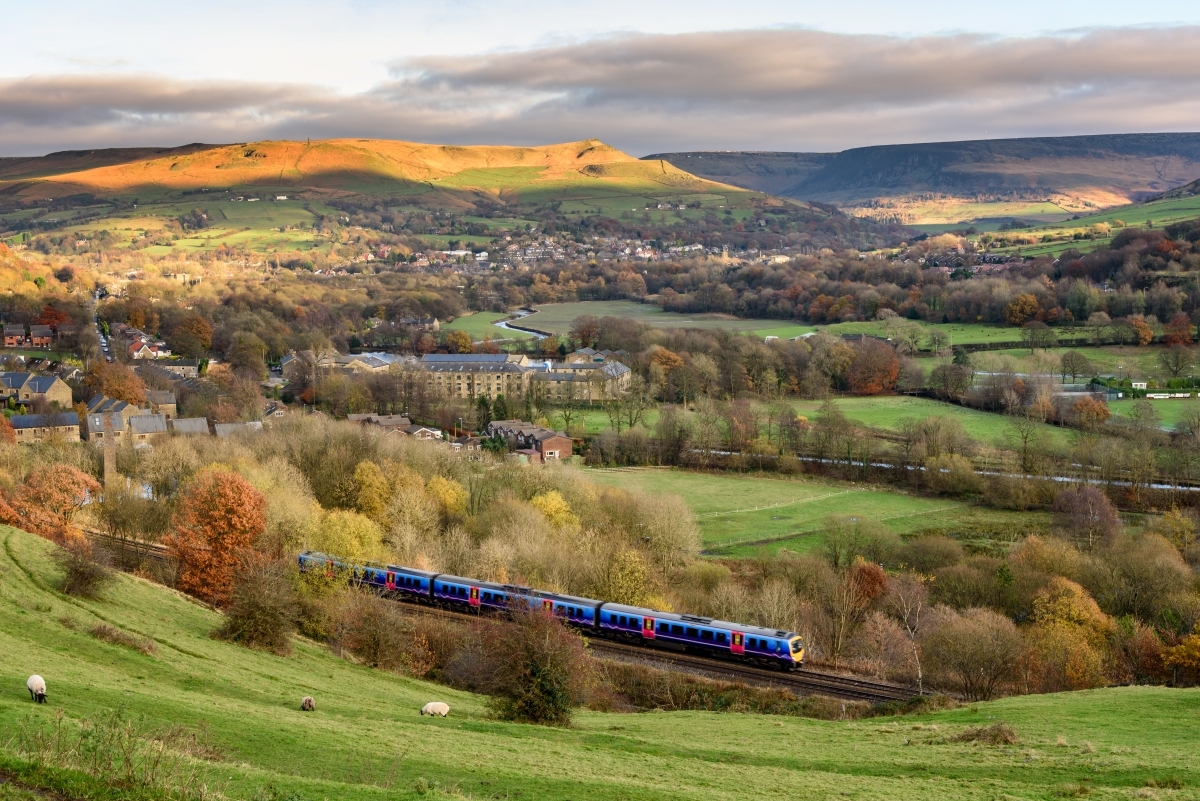The Best Things To Do In Gloucestershire
Gloucestershire holds many wonders, both made by man and naturally occurring, but what it is perhaps most famous for is the Outstanding Area of Natural Beauty that charcaterises the region best – The Cotswolds. One of England’s most romanticised landscapes, immortalised thanks to its near-universal appeal for nature lovers, The Cotswolds hosts some of the most charming and picturesque villages in the country.
But Gloucestershire’s appeal extends beyond the appeal of its famous scenery. There is much to be found by way of art, history and architecture throughout the county. From discovering villages that evoke the waterways of Venice, to resplendent castles and cathedrals that harbour royal connections, Gloucestershire has no shortage of sites worth exploring both indoors and out.

Visit the Prettiest of The Cotswolds’ Villages
One of the area’s most irresistible draws is the string of historic Cotswold villages that are dotted around the landscape. Towns such as Bibury, Bourton-on-the-Water, and Stow-on-the-Wold offer honey-coloured stone cottages, winding country lanes, and quaint village markets that are steeped in local charm. Bibury’s Arlington Row is one of the most photographed locations in England, with its 14th-century weavers’ cottages set beside the River Coln. Meanwhile, Bourton-on-the-Water charms visitors with low stone bridges and millrace streams, earning it the moniker “The Venice of the Cotswolds”.
Despite their postcard-perfect visuals, all of these villages are well-lived-in communities with working tearooms, antiques shops, and craft boutiques that celebrate Gloucestershire’s famed artisanal culture. With many of these villages all interconnected through the Cotswold Way, walkers can traverse over 100 miles of trails through rolling hills, wildflower meadows, and historic sites as they explore the local settlements. Whether stopping for a pint in a 16th-century pub or exploring the local high street at Stow-on-the-Wold, the villages of the Cotswolds are the embodiment of the timeless rural charm that defines Gloucestershire.
Discover over 1000 Years of History at Gloucester Cathedral
Standing proudly at the heart of the city, Gloucester Cathedral is one of the finest medieval buildings in England and a must-visit for anyone touring the county. Originally founded as an abbey in 678 AD, the cathedral’s soaring Gothic towers dominate the skyline and are visible for miles around across the Severn Valley. Its Great East Window was completed in the 14th century and is the largest medieval stained glass window in Britain, bathing the cathedral's interior with a kaleidoscope of light when the sun is at its brightest.
The cathedral’s cloisters, famous for their intricately vaulted fan ceilings, were immortalised on screen, doubling for Hogwarts School of Witchcraft and Wizardry, in several of the Harry Potter films, drawing visitors throughout the year. The tomb of King Edward II lies within its walls, making this one of the few cathedrals in the country outside of London to house a monarch's final resting place. Visitors can also climb the tower for panoramic views of Gloucester and the distant Malvern Hills. There is much to marvel at and discover in Gloucester’s signature place of worship that has stood for almost a thousand years.
Admire Thousands of Tree Specimens at the National Arboretum
Established in the 19th century by wealthy landowner Robert Stayner Holford, and set amidst 600 acres of rolling Gloucestershire countryside, The National Arboretum at Westonbirt is a spectacular celebration of trees from across the globe. With over 15,000 trees representing 2,500 species, carefully laid out in sweeping avenues and secluded glades, its autumn displays are legendary, as the Japanese maples, oaks, and acers blaze in vivid hues of scarlet, amber and gold, drawing photographers and nature lovers from far and wide. Spring is equally stunning with blossoming magnolias, rhododendrons, and rare flowering shrubs filling the air with their fine fragrance.
Westonbirt takes a unique approach to how visitors experience trees. Rather than limiting visitors to admiring many of the specimens from the ground, the 300-metre Treetop Walkway offers the chance to experience the canopy from above, giving a bird’s-eye view of the landscape below and offering a unique perspective on the woodland ecosystem. Families can enjoy activity trails and seasonal events, while educational programmes introduce the ecological importance of arboreal conservation, as well as highlighting the significant impact of deforestation around the world.
Learn the History of Sudeley Castle
Nestled in the quiet Cotswold town of Winchcombe, Sudeley Castle is a historic gem with a romantic past that’s tightly tied with one of England’s most famous monarchs. Once home to Queen Katherine Parr, the last wife of Henry VIII, Sudeley has seen centuries of royal intrigue, was besieged several times during the English Civil War, and underwent a glorious Victorian restoration after being left in ruins for over a century at the end of the conflict.
The castle’s interiors showcase period furniture, rich tapestries, and personal artefacts from its most famous residents, while the 15th-century chapel, St Mary’s, holds Katherine Parr’s tomb, the only English queen to be buried on private land. The great banqueting hall, partially ruined during the Civil War, stands as an atmospheric reminder of the castle’s turbulent past. Beyond its historical significance, Sudeley Castle is famed for its award-winning gardens, which unfold across ten distinctive themed areas. The Queen’s Garden bursts into colour with hundreds of varieties of old roses each summer, while the Secret Garden offers a secluded retreat filled with fragrant lavender and sculpted hedges.
Hike the Malvern Hills
Straddling the border between Gloucestershire, Worcestershire, and Herefordshire, the Malvern Hills offer some of the finest walking routes in England, with sweeping vistas across the largely unspoilt wilderness. These ancient hills that were formed over 600 million years ago rise dramatically from the surrounding lowlands, providing a series of ridges and summits that offer a challenge for even the most capable of walkers. The highest point, Worcestershire Beacon, stands at 425 metres, offering a stunning panorama from the Severn Estuary to the Welsh mountains on clear days.
For those less inclined to strenuous climbs, more gentle trails skirt the lower slopes, passing through wooded glades, wildflower meadows and ancient springs that were once famed for their reputed 'healing waters.' Designated an Area of Outstanding Natural Beauty, waymarked routes, car parks and visitor centres make the hills accessible for walking, whilst nearby towns such as Great Malvern offer cosy tearooms and old coaching inns for well-earned refreshments after an exhilarating day of hiking the many trails leading across the hills.
Wander through the Forest of Dean
Covering over 42 square miles of dense woodland, the Forest of Dean is one of England’s oldest and is steeped in myth and legend. Once a royal hunting ground, today the landscape of ancient oaks, secret clearings, and winding paths allows for wild boar and fallow deer to roam free of pursuit. One of the forest’s most curious attractions, Puzzlewood, is a mysterious, moss-covered maze of rocks and gnarled trees that has inspired film and television locations from Star Wars to Doctor Who.
The Sculpture Trail adds an artistic dimension to a forest walk with thought-provoking works of art hidden along the path. Cycling enthusiasts can tackle the family-friendly trails at Cannop Cycle Centre or try more challenging mountain biking routes through the dense woodland single-tracks. Kayaking and canoeing are popular on the nearby River Wye, while underground tours of the Clearwell Caves reveal the region’s centuries-old heritage of iron mining. With no shortage of options for outdoor exploration in the county, the Forest of Dean remains one of the most immersive of Gloucestershire’s atmospheric landscapes.



